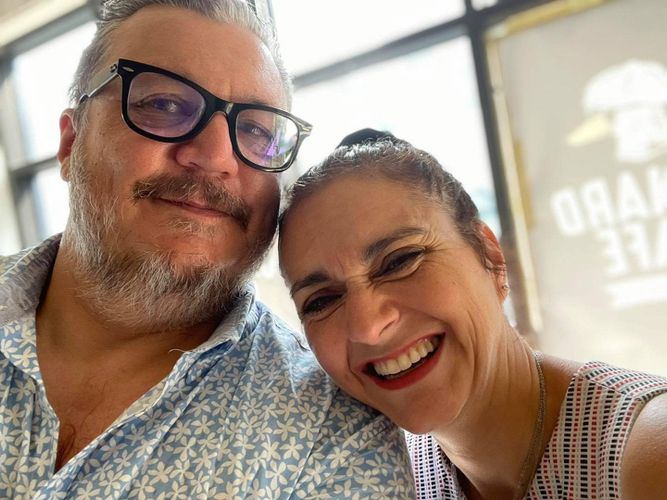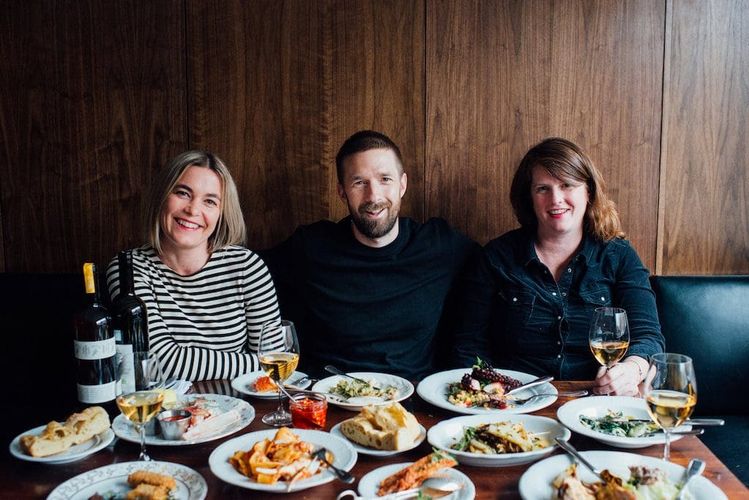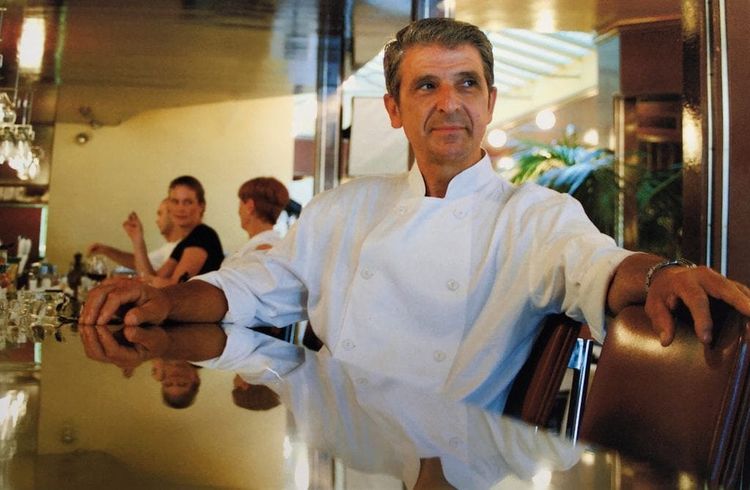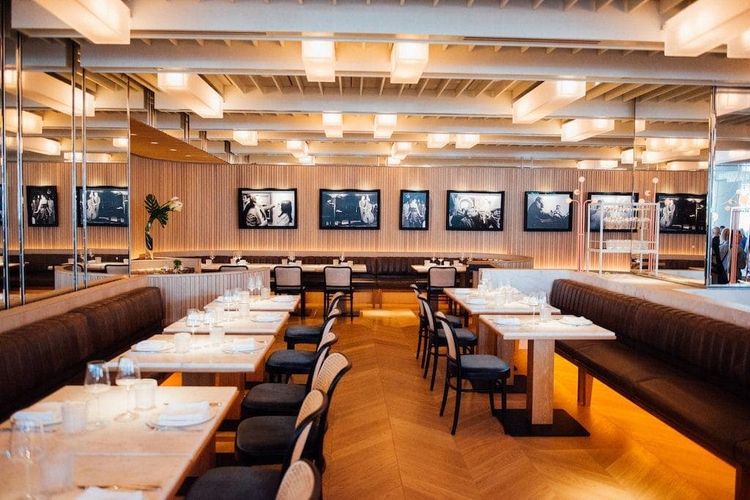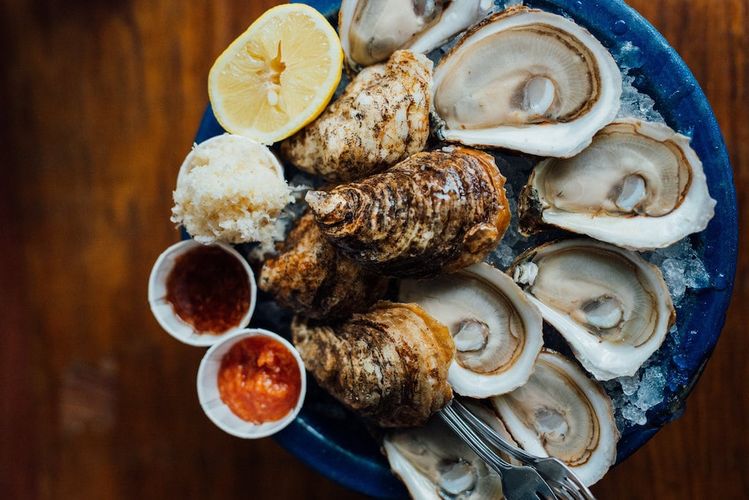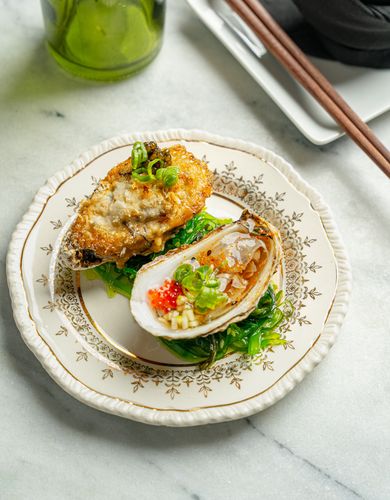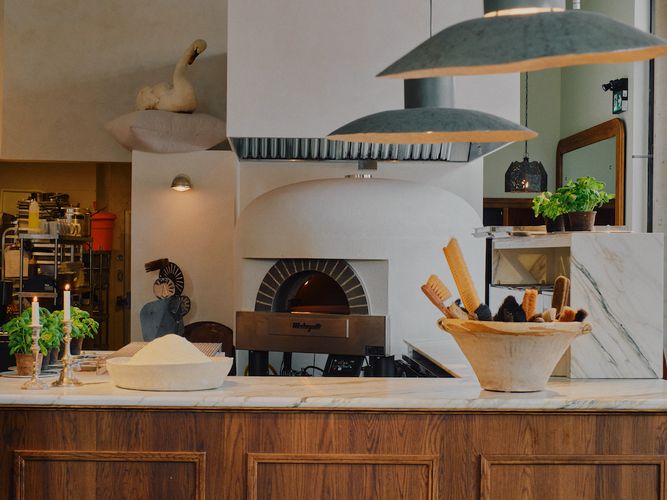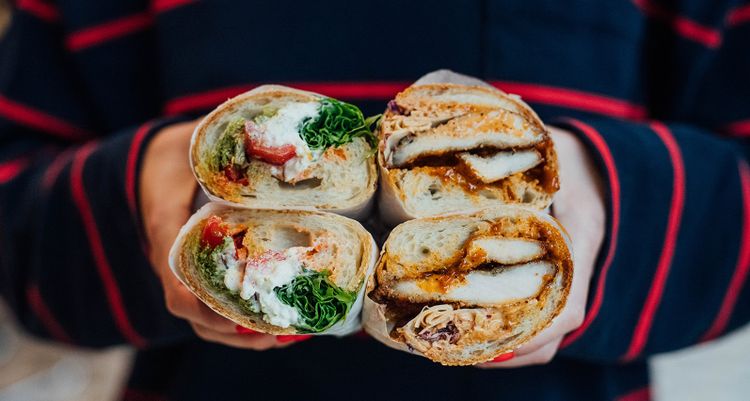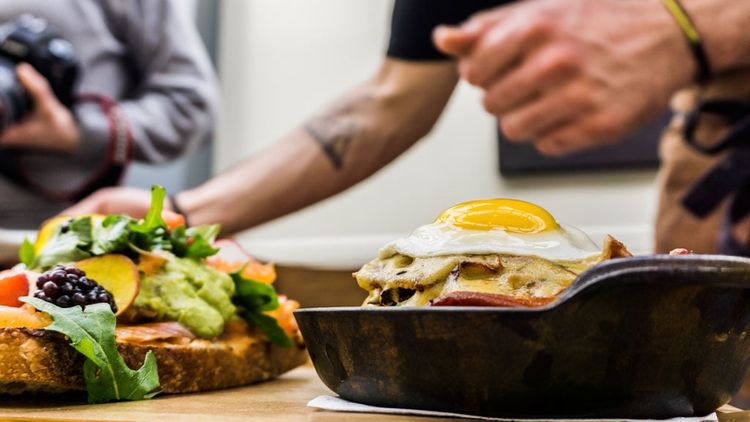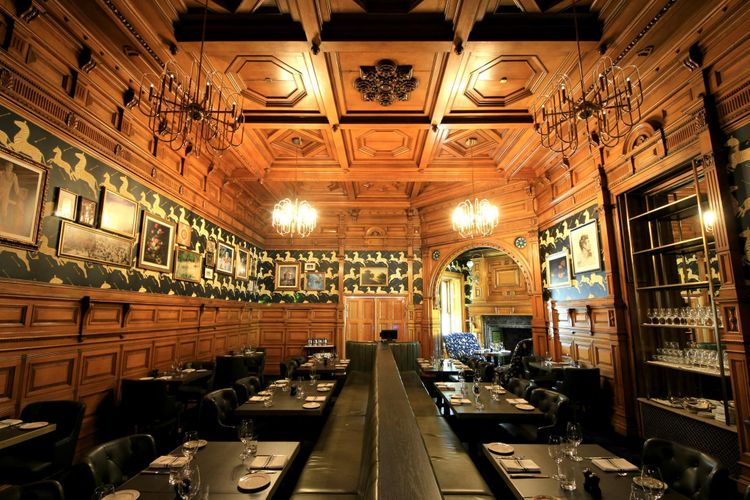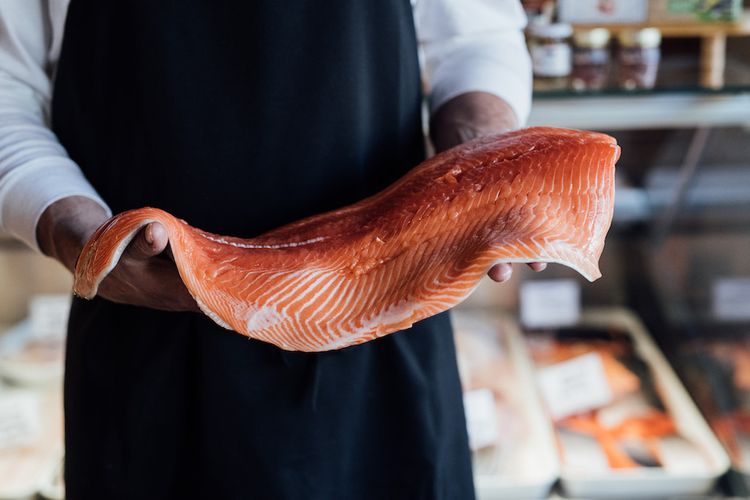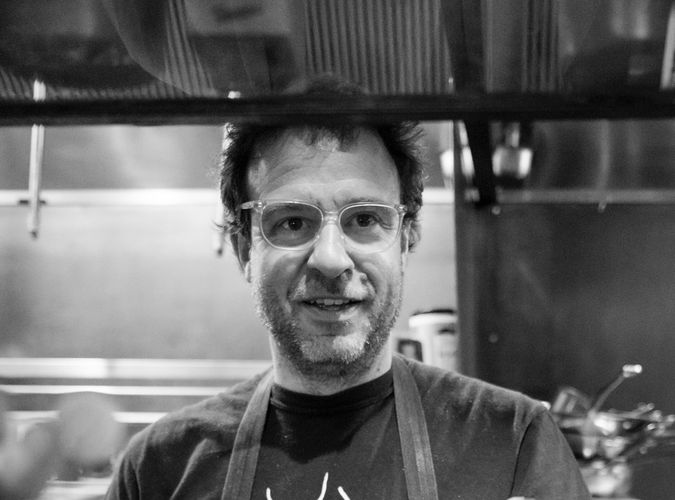Five questions for… Kim Thúy

As you probably already know, Tastet is interested in everything related to the restaurant industry. We love to discover the best places to eat and drink well. Everyone appreciates good food served in a beautiful space. However, what gives us the most pleasure in pursuing our mission is meeting the people who make these experiences possible. Whether they are restaurateurs, chefs, famous personalities, or heroes who work behind the scenes, these beautiful encounters spark enthusiasm in us that we will always want to share with you. We invite you to discover one of Tastet’s favourite personalities with our playful Q&A.
This week, we have the chance to ask our questions to Kim Thúy.
With the gentleness and class that she is known for, Kim Thúy is very involved in the cultural scene in Quebec. Her fascinating and atypical career has undoubtedly contributed to shaping her endearing personality. She is known for her literary works that have been acclaimed throughout the world and that earned her the Governor General’s Literary Award in 2010. In addition to her literary vocation, Kim has a keen interest in the arts and gastronomy. She hosts the show La table de Kim on ICI Artv where she welcomes guests for a meal and a discussion. Her passion for the arts of entertaining also led her to open her own restaurant, Ru de Nam, which has been a fixture on Notre-Dame West for a few years.
Here are our questions for Kim, which she answered with her usual spontaneity.
What do you like to cook the most?
Strangely enough, it’s Italian! I really don’t know why. It’s my family. My son ate pasta for the first time with his mom so he thinks I make the best pasta. I find that it’s very delicious and easy at the same time. We manage to keep it fresh with lots of vegetables. And the flavour is there. I wish I knew how to cook Indian food but I’ve never really succeeded.
Which dish brings you back to your childhood?
A dish I associate with Vietnam is the spring roll, because there are many different herbs in it (six or seven). In the restaurant, there is often only mint and coriander, but that’s because before we didn’t have access to herbs. When the Vietnamese came here they couldn’t find the herbs that are there. The only ones we could find were mint and coriander. With time, we forgot and we stayed in this rather simple formula. The classic is really with six or seven herbs. I’ve never met another cuisine that uses so many herbs. Thai basil, Vietnamese basil, serrated or unserrated coriander, I don’t have the words in French to name them all. My mother grows them in the summer, so we eat them all the time. This freshness, these flavours are associated with Vietnam. In Thailand, we also eat herbs, but the cuisine is much spicier, whereas Vietnam is a mixture. It’s Chinese but it’s not, they use soy sauce instead of fish sauce. There is a tropical freshness. There was also a French influence for 100 years, so that also added to Vietnamese cuisine.
What is your favourite restaurant?
Recently, I discovered Okeya Kyujiro. I really love Japan and I had the chance to try some pretty sublime things when I went there. It’s always a bit of a mourning when I come back to Montreal, nothing compares to it. In Japan, the chef makes one piece at a time, inspired by what comes in. I remember one restaurant in particular. There was no price, it was according to your participation as a customer. The price will be better if you are a good customer! It was a very, very intimate eight-seat counter. I have fond memories of this place and had yet to find a place that offered something similar until I discovered Otto Bistro and eventually Okeya. And we could include Jun I, which is excellent too. Sure you can’t go there every day because it’s expensive, but you’re better off eating mac and cheese for a week to wait for a good meal and go all out with some top Japanese.
Which chef would you like to cook and enjoy a good meal with?
I’ve never had that dream. The pleasure of eating someone’s dish is to be able to admire it. And you almost don’t have to know how the dish is made, because you lose a certain magic. Even in an open kitchen, you can see people working but you can’t know everything. I’m the kind of person who doesn’t want to meet his heroes. I don’t want to know that they need to pee too, or get up with messy hair (laughs). All chefs are interesting in some way. They don’t move in the same way, they all have their own way of using a vegetable to make something exciting.
Once I was in Estonia and they took me out to eat very late at night. The city was empty, I thought: “we’re not going to eat well and plus it’s going to take a long time”. They insisted and to my great surprise, as soon as we entered, it was magnificent. I asked the waiter to tell the chef to send out everything he felt like making. I wanted to see and taste his work. There was no one in the restaurant. I didn’t understand how he could offer me such fresh and beautiful cuisine without any turnover. I didn’t want him to tell me his secret! No ingredient was served twice among a dozen dishes served. I told the waiter that the chef could come out if he wanted, but I didn’t insist and he didn’t come. That’s my attitude towards cooking! Preserving the magic of the chef and the wonder that comes with it. I like to discover and get behind people who are trying things. Already, when I don’t have to cook I am very happy!
What dish are you looking forward to when the restaurants reopen?
The razor clams from Montreal Plaza! I make them as well and I recognize the ingredients, I understand exactly where the influences come from, but I can’t seem to recreate that taste. If you go to Chinatown, in some restaurants, you’ll get ten clams. The taste is there, but it’s not the same as at Montreal Plaza, where there are two on the plate, but they’re really worth it.
In your show, you sit down with your guests to chat while sharing a meal. Why was it important for you to include food in the concept?
Despite the 42 years I’ve spent in Quebec, I’m still not that comfortable expressing emotions or affection. My way of doing it is through food. Everyone who comes to our house has to eat. Before the pandemic, I had a lot of journalists in our home. When I forgot to serve food, my mother, who lives next door, would quickly slide a plate of food onto the table. The food comes for the five senses, if not six. When all our senses are present, we speak differently. Around a table, we react, it will have an effect on your speech. Even if it’s just the vulnerability of knowing that you might have a piece of parsley stuck in your teeth. You have less control. Also, it’s a time for sharing. The Vietnamese custom is to put everything in the middle of the table, so the sharing is there right away. When we share, there is already a way to open the conversation differently. When you eat, the other is already in your intimacy. What you eat, or don’t eat, reveals a lot about you. I’m thinking, for example, the way I hold my chopsticks: you know I was born with them, because I don’t hold them correctly, I hold them like a child. So the father of my children, who was born here in Quebec, learned to hold them correctly, because he learned much later. That tells the story right away.
This or that
Cheese or dessert? “Not able to finish a meal without dessert.”
Sweet or savoury? “Sweet can’t exist without savoury, you have to like both!”
Pasta or bread? “It’s like asking me to choose between my children! IMPOSSIBLE! Both! I let you choose for me!”
Meat or fish? “Now, much more fish.”
Fruits or vegetables? “Oooh vegetables!”
Thanks to Kim Thúy for answering our questions so candidly!
Written by Marc-Antoine Ranger
Photography by Carl Lessard
